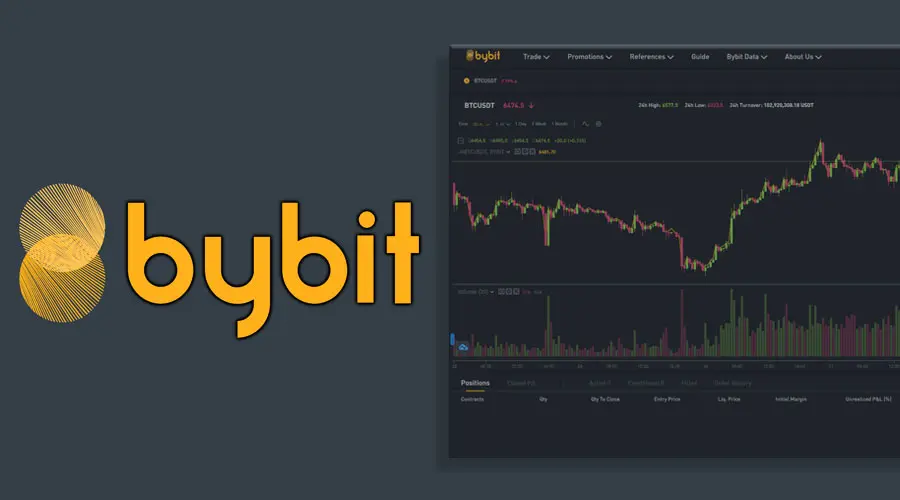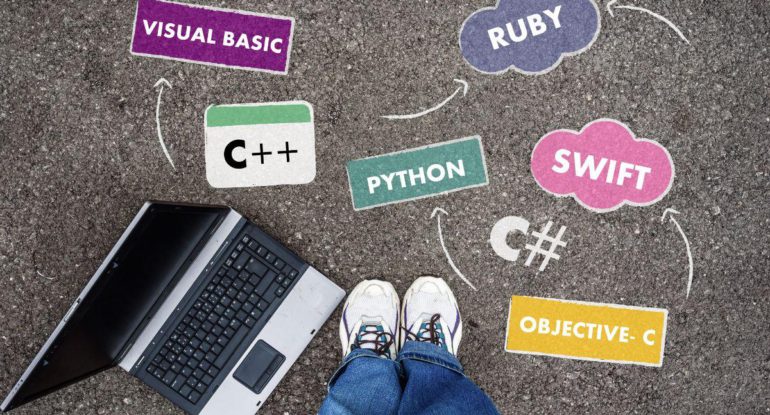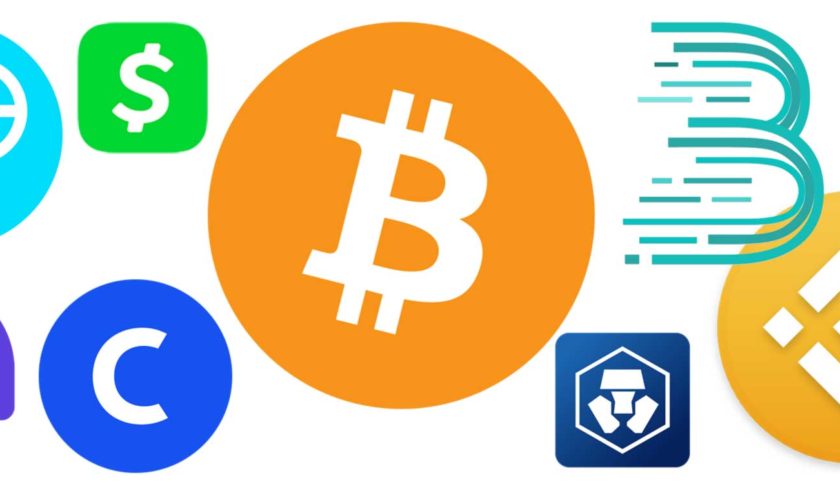- Cryptocurrency transactions are digital entries in a public ledger called the blockchain
- The blockchain acts as a public spreadsheet — which ensures that all transactions are transparent and permanent
- All transactions verified in a decentralized manner by cryptocurrency miners
Cryptocurrency transactions are digitally signed using cryptography and confirmed by the network. These transactions are added to the blockchain through consensus mechanisms like Proof of Work (PoW) and Proof and Stake (PoS), ensuring no one entity owns the blockchain. PoW and PoS have penalties to prevent malicious actors from adding false or spam transactions.
The blockchain acts as a public spreadsheet that records every transaction, broadcasting details like sender and recipient wallet addresses, amount of exchange, and timestamp. These transactions are grouped together and recorded as a ‘block’ on the blockchain. Once added and confirmed, a block is publicly visible and permanent.
How the Bitcoin Blockchain is Like a Spreadsheet
Imagine a blockchain as a spreadsheet. Everyone has access to the data within each individual cell and saves a copy to their personal computer. The data within the spreadsheet is shared between multiple people. However, nobody can alter an individual cell or change the existing information. In the blockchain world this is referred to as “immutable”—the inability to change or modify something over time. Now, imagine you wanted to add a new cell to the spreadsheet. This would require approval from members who have access to the spreadsheet data. Once a majority of the spreadsheet owners approve the new cell, the data would then be added to the main spreadsheet.
How the Bitcoin Blockchain Works
If Bitcoin trader A traded one bitcoin to person B, that transaction would be recorded in the Bitcoin blockchain ledger. Viewing the ledger would show how much bitcoin was exchanged when the transaction occurred, and the corresponding bitcoin addresses of each trader that sent and received the transactions.
Bitcoin Miners
Once a transaction has been made, it must be verified by people called miners. When a transaction occurs it is grouped together in a mathematically protected “block” with other transactions that have happened in the same time frame. Miners then use powerful computers to solve the block mathematically. The first miners to solve the block and validate the transactions are rewarded with bitcoin. This is the only way that bitcoin can be created. Then, each block is connected to the previously verified block, creating a chain of blocks, hence the name blockchain. These blocks are then immutable – once the data has been added into a block, it can never be changed for all eternity. Once a trade of bitcoin is made, and the transaction is verified, you cannot get it back or cancel the trade.
Bitcoin Mining
Bitcoin miners verify legitimate transactions and create new bitcoin as a reward for their work. A transaction is considered verified once the miner solves a cryptographic (mathematical) puzzle. Bitcoin uses a protocol called proof of work, which has a broad goal to prevent cyber attacks from any single entity or group.
Proof Of Work
- Proof of work (PoW) is a decentralized consensus mechanism where network members solve an encryption puzzle.
- Proof of work is also called mining, in reference to receiving a reward for work done.
- Proof of work at scale requires vast amounts of energy.
Proof of Work (PoW) is a consensus mechanism that uses cryptographic verification through complex mathematical puzzles. Miners compete to solve these puzzles, and the first to solve one gets to add a new block of transactions to the blockchain. If other miners agree, the new block is confirmed by the network, and the miner who solved the puzzle earns cryptocurrency rewards.
Proof Of Stake
PoW is highly secure and has helped make Bitcoin the most valuable cryptocurrency in the world. Proof of Stake (PoS) offers an energy-efficient alternative to PoW, selecting validators based on their number of coins they hold and their willingness to “stake” as collateral. This reduces computational power and ensures the blockchain remains secure. However, PoS has been criticized for potentially allowing the network’s biggest holders to accumulate more cryptocurrency, potentially leading to increased centralization.
The verification process for cryptocurrencies is important because it solves the double-spend problem and the centralized entity problem. The blockchain’s public accounting system helps solve the double-spend problem, as all transactions are public, making it impossible for users to cheat. The centralized entity problem is solved by the blockchain’s verification process, which doesn’t require investors to trust a centralized entity but simply needs to trust the blockchain’s verification process.
Segments taken from: Coinledger.io

















